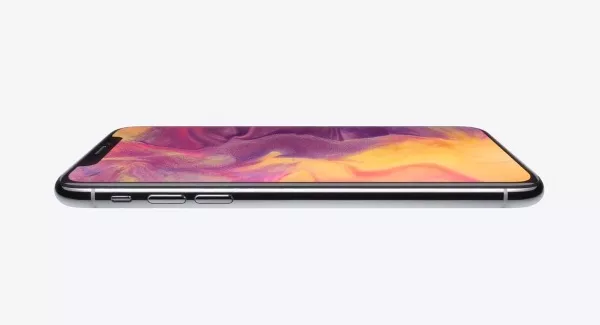By Mark Gurman and Debby Wu
Apple is not only doubling down on the iPhone X, it’s tripling down.
The world’s most valuable company plans to launch three new phones soon that keep the edge-to-edge screen design of last year’s flagship, according to sources. The devices will boast a wider range of prices, features and sizes to increase their appeal.
However, none of the three iPhones will be wholly new designs like the iPhone X was last year or the iPhone 6 in 2014, with some inside Apple labelling the launch as an “S year,” a designation the company has given to new handsets that retain the previous design but add new internal features. The company is planning more significant changes for next year, the sources said.
The iPhone X wasn’t as big a hit as some Wall Street analysts hoped for before it was released last November. However, it still sold strongly and helped Apple gain share in a smartphone market that has almost stopped growing.
The upcoming phones, planned to be unveiled in September, show the company is adjusting its strategy. Rather than luring millions of new iPhone users, Apple’s goal these days is to steadily raise average prices, while expanding the total number of active devices to support sales of accessories and digital services like streaming music and video.
“The iPhone is entering a period of 0% to 5% annual growth, and the things they’re doing this autumn will keep them on that path,” said Gene Munster, a veteran Apple analyst and managing partner of Loup Ventures. The “real sizzle” for investors remains the iPhone because it’s the hub for almost all Apple’s other offerings like the Apple Watch, AirPods, and Apple Music, he added.
In early 2016, the company reported a new milestone: one billion active devices. By early this year, that number had grown to 1.3bn. The three new iPhones due next month have a good chance to add to this important foundation of the company’s future.
There’ll be a new high-end iPhone, internally dubbed D33, with a display that measures about 6.5-inch diagonally, according to sources. That would make it the largest iPhone by far and one of the biggest mainstream phones on the market. It will continue to have a glass back with stainless steel edges and dual cameras on the back. The big difference on the software side will be the ability to view content side-by-side in apps like Mail and Calendar.
“Having a bigger screen is always a plus for demand,” Mr Munster said, while noting the device should help Apple boost iPhone selling prices, which has supported revenue growth in recent quarters. The average price of iPhones sold in Apple’s most-recent quarter was $724 (€623), up 19% from a year earlier.

Apple also plans an upgrade to the current iPhone X with a 5.8-inch Oled screen, which is internally dubbed D32.
Perhaps the most significant phone will be a new, cheaper device destined to replace the iPhone 8. Codenamed N84, it will look like the iPhone X, but include a larger near 6.1-inch screen, come in multiple colours and sports aluminium edges instead of the iPhone X’s stainless steel casing. It will also have a cheaper LCD screen instead of an Oled panel to keep costs down.
Hon Hai Precision Industry will assemble the two high-end Oled iPhones, while the LCD phone will be split primarily between Hon Hai and Pegatron. Hon Hai began assembling the Oled devices in late July and only started on the LCD phones this month. Taiwan Semiconductor Manufacturing will remain sole supplier of the main processor for the new iPhones, while primary iPhone camera lens supplier Largan Precision is expected to see sales rise with the launch of new Apple phones. All three will have the gesture-based control system. They will also feature Face ID, Apple’s system for unlocking the phones.
The lower-end device will be Apple’s second attempt at differentiating its phones partly by colour. In 2013, Apple launched the iPhone 5c, which was essentially an iPhone 5 in a plastic casing. The strategy flopped with iPhone users preferring Apple’s metal phones. This year’s lower-cost iPhone will use aluminium edges, retaining a premium feel.
“Colours always give Apple a little near-term bump, but it doesn’t change the iPhone’s trajectory,” Mr Munster said. Apple is planning dual-SIM card slots for the two larger phones in at least some regions, sources said.
That feature would let travellers easily switch between a local carrier plan and a new country or coverage area.
The new iPhones come at an important time for the company. Apple is facing growing rivalry outside of the US, especially in developing markets where many people prefer less expensive phones with larger screens. The new low-end iPhone with the larger screen will give Apple a way to compete there.
The launch comes on the heels of Samsung introducing its larger Note 9 smartphone. Google also plans to debut new Pixel phones on October 9 at a media event in New York City.
- Bloomberg






